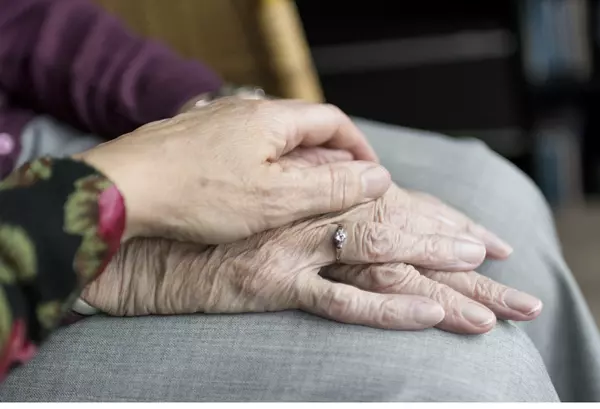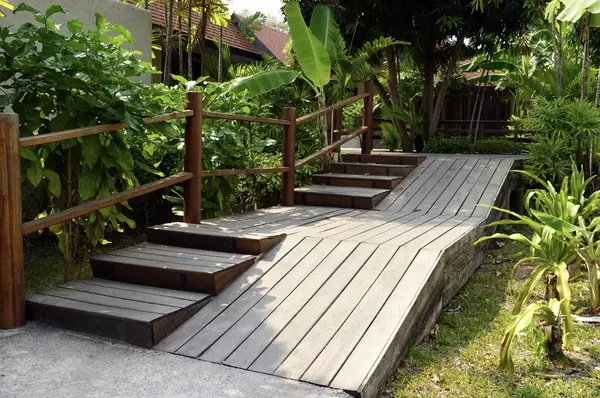Preparing for a Smooth Transition to Assisted Living or Memory Care

Moving to assisted living or memory care is a significant life change, not only for the individual moving but also for their family and loved ones. Preparing for this transition takes time, planning, and careful attention to both physical and emotional needs. At King’s Downsizing & Estate Services, we understand how essential it is to make this move as smooth as possible, allowing everyone involved to feel prepared, supported, and confident. Here’s how to get ready for a successful transition into assisted living or memory care.
1. Start with Open Communication
Making the decision to move into assisted living or memory care is often a sensitive topic. Approach the conversation openly, allowing space for your loved one to express their concerns, hopes, and needs. For families, ensuring everyone is informed and involved in the planning process can make the experience feel more collaborative and less overwhelming.
Tip: Listen actively to your loved one’s concerns, and involve them in decision-making where possible to ensure they feel valued and respected throughout the process.
2. Research and Visit Facilities Together
Taking the time to find the right facility is essential. Each assisted living and memory care facility offers unique services, amenities, and programs. By visiting multiple places, you’ll get a feel for the environment, the staff, and the type of care provided. Be sure to discuss what’s important to your loved one, whether it’s having social activities, specific dining options, or access to outdoor spaces.
Tip: Arrange for tours with staff members who can answer specific questions about health care, daily activities, and the community’s approach to memory care if relevant.
3. Downsize and Plan for Space Requirements
Moving to assisted living or memory care often involves downsizing. Determine what essential items your loved one will need in their new space, such as favorite furniture, decor, and personal items that hold sentimental value. Creating a comfortable, familiar environment will help ease the transition and make the new living arrangement feel like home.
Tip: Make a floor plan of the new space to see which items will fit, and plan a downsizing strategy to manage what stays, what goes, and what can be stored or donated.
4. Address Emotional Challenges
Moving from a long-time home into a care facility can evoke a range of emotions, from anxiety to sadness. It’s essential to acknowledge and validate these feelings, helping your loved one navigate their emotions with understanding and support. Reassure them that their well-being and comfort are the top priorities and remind them of the benefits of this new chapter.
Tip: Reminisce with your loved one about favorite memories from their old home, while also highlighting the positive opportunities ahead in assisted living, such as meeting new friends and participating in engaging activities.
5. Coordinate Medical and Personal Care Needs
Before the move, meet with the care facility’s team to go over your loved one’s specific medical and personal care needs. Provide documentation on their health history, medications, allergies, and care preferences. This will help the facility’s staff develop a customized care plan tailored to your loved one’s needs, ensuring they receive consistent, attentive care from day one.
Tip: Create a health summary document to share with caregivers, outlining medications, health conditions, emergency contacts, and any important personal preferences.
6. Familiarize with the Daily Routine and Activities
Many assisted living and memory care facilities offer structured daily routines, including recreational activities, meals, and wellness programs. Familiarize your loved one with these options so they know what to expect and can look forward to specific activities. If they enjoy a particular hobby, inquire about any relevant programs that will help them stay engaged.
Tip: Make a list of activities that might interest your loved one and discuss these with the facility’s activity coordinator to encourage a smooth social and emotional adjustment.
7. Arrange a Moving Day Strategy
On moving day, plan a calm, supportive approach to help your loved one settle in comfortably. Bring along a few of their favorite personal items, photos, and cozy blankets to create a warm, familiar environment. Take your time setting up their space and allow them to personalize it with familiar decorations or mementos.
Tip: Arrange for family members or friends to be present on moving day to provide emotional support and help with the setup. Avoid overwhelming your loved one with too many visitors at once—gentle support is key.
8. Encourage a Sense of Independence
Many seniors worry about losing their independence in assisted living. Empower your loved one by encouraging them to make choices within their new community, such as participating in activities they enjoy, selecting meal preferences, and getting involved in community events. This sense of autonomy will contribute to a more positive outlook and help them adjust more comfortably.
Tip: Reinforce that moving to assisted living or memory care is not a loss of independence but an opportunity to gain support in a way that allows for more enjoyment of daily life.
9. Provide Consistent Support and Check-Ins
Even after they’ve moved in, your loved one will appreciate ongoing family support and communication. Schedule regular visits and phone calls to check in, listen to how they’re settling in, and address any new concerns that arise. Showing consistent support will help them feel connected and reassured as they adjust to their new home.
Tip: Encourage family and friends to send notes, photos, or care packages to show love and remind them they’re still connected to their loved ones outside the facility.
10. Stay Patient and Positive
The transition to assisted living or memory care is a journey, and it may take time for your loved one to feel fully comfortable. Embrace patience and remain positive, reinforcing the benefits of their new environment. Help them focus on the opportunities available, from new friendships to enriching activities, which can make a meaningful difference in their quality of life.
Tip: Celebrate small milestones, like the first time they make a friend or enjoy an activity, to help them see the positive aspects of their new life.
At King’s Downsizing & Estate Services, we specialize in providing compassionate support for seniors and their families during major life transitions. Whether you’re preparing for a move to assisted living or memory care, or need help downsizing and setting up a new space, our team is here to assist every step of the way. Contact us today to learn how we can simplify your move, offer peace of mind, and help your loved one start this new chapter with confidence and comfort.
Categories
- All Blogs 73
- 55+ Living Communities 20
- Aging-In-Place 16
- Community Engagement 3
- Concierge 13
- Decluttering 8
- Downsizing 31
- Estate Planning 6
- Estate Settlement 26
- Fall Prevention 11
- General 18
- Home Safety 8
- International Retirement Living 4
- Land Lease 6
- Life Lease 7
- Lifestyle 15
- Out of Town Estate Settlement 24
- Probate 22
- Real Estate 4
- Retirement Residences 17
- Tax Returns 4
- Wealth Transfer 21
Recent Posts











"Empowering transitions, cherishing legacies. At King's Downsizing & Estate Services, we transform the complexities of change into journeys of compassion and preservation." - Desiree King
